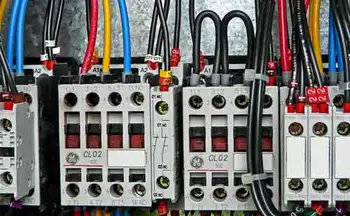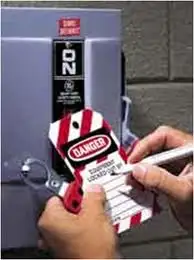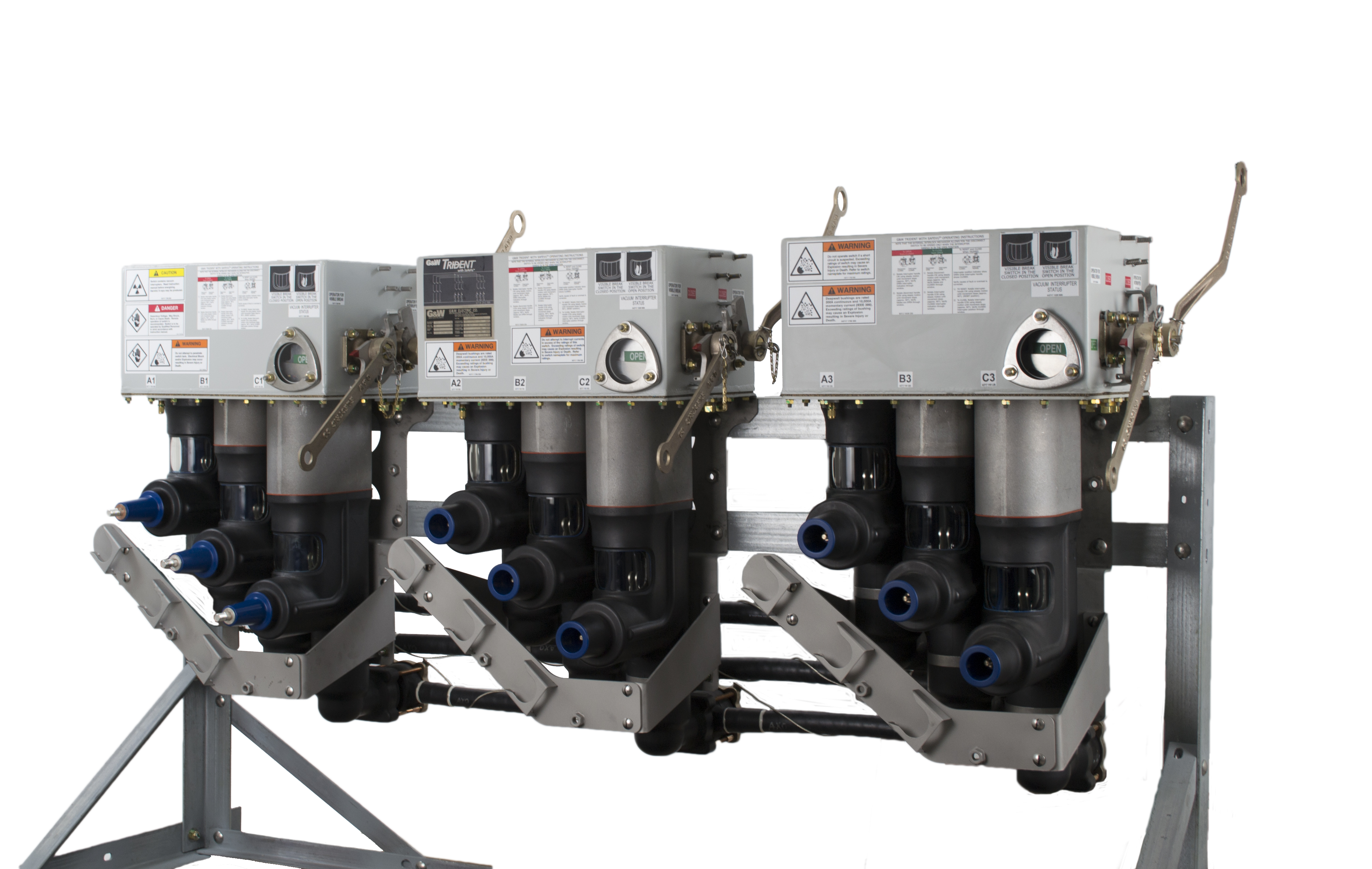Single Phase to 3 Phase Converter
Motor Control Training
Our customized live online or in‑person group training can be delivered to your staff at your location.

- Live Online
- 12 hours Instructor-led
- Group Training Available
Download Our OSHA 3873 Fact Sheet – Minimum Approach Distance and Training Requirements

- Calculate MAD using voltage and overvoltage values
- Ensure proper communication between host and contract employers
- Meet OSHA training requirements for qualified electrical workers
A single phase to 3 phase converter transforms single-phase power into three-phase power for running industrial machinery. It ensures efficient motor operation, reduces energy loss, and supports equipment requiring balanced three-phase electrical systems.
What is: Single Phase to 3 Phase Converter?
A single phase to 3 phase converter is a vital solution for electrical engineering and maintenance professionals who need to operate three-phase equipment in environments where only single-phase power is available.
✅ Converts single-phase power into balanced three-phase electricity.
✅ Enables smooth operation of industrial motors and heavy machinery.
✅ Improves energy efficiency and power quality for sensitive equipment.
Request A FREE Training Quotation
This technology enables efficient operation of industrial machinery, motors, and other critical equipment, ensuring smooth production processes and minimizing downtime. For facilities that lack access to three-phase power from the utility grid, converters provide a cost-effective alternative to costly infrastructure upgrades. Understanding how these devices function is crucial for optimizing equipment performance, minimizing operational costs, and ensuring system reliability in industrial, commercial, and residential applications. Understanding how electric motors and drives function is crucial for maximizing industrial efficiency and achieving energy savings.
Types of Single-Phase to Three-Phase Converters
One of the key aspects of understanding a single phase to 3 phase system is recognizing the different types available. There are primarily three types: rotary, static, and digital. Each type serves a distinct purpose and is suited for specific applications. Rotary types use a rotating motor to generate additional power, offering reliability and the ability to handle varying motor loads. Static ones, on the other hand, provide a cost-effective solution for simpler motor loads but are typically limited in capacity. Digital types, known for their precision, utilize solid-state electronics to create a stable output. These digital solutions are preferred for modern applications where accuracy and control are paramount. Advanced electric motor control systems ensure precise speed regulation and improved process reliability.
Electricity Today T&D Magazine Subscribe for FREE

- Timely insights from industry experts
- Practical solutions T&D engineers
- Free access to every issue
Benefits
The benefits of using a single phase to 3 phase converter are substantial. For small businesses and workshops, the cost of upgrading to a full three-phase utility supply can be prohibitive. They provide a cost-efficient alternative, allowing operations to continue without the need for expensive infrastructure upgrades. Furthermore, they enable the use of more advanced and powerful equipment that operates on three-phase power. This capability enhances operational efficiency and productivity, especially in industries that rely heavily on motors. Additionally, these devices support better load balancing, which reduces strain on the electrical system and promotes energy efficiency. Learning about electric motor efficiency can help reduce energy consumption and operational costs in manufacturing environments.
Choosing the Right One
Choosing the right single phase to 3 phase converter is a crucial decision that requires careful consideration of several factors. The first step is to assess the nature of the motor loads and the type of machinery that will be connected. For instance, motor loads with varying speed or torque may require a rotary converter, while more precise and controlled operations might benefit from digital ones. Capacity is another critical consideration, as the converter must be capable of handling the peak power demands of the connected equipment. Additionally, the choice between solid-state and mechanical ones is important, as solid-state models offer higher precision and lower maintenance, whereas mechanical options are often more robust.
Comparison of Single-Phase to Three-Phase Converter Types
| Converter Type | Key Features | Advantages | Limitations |
|---|---|---|---|
| Rotary Converter | Uses a motor-generator setup | Produces balanced three-phase power | Bulky, requires regular maintenance |
| Static Converter | Provides temporary phase shift | Cost-effective for light loads | Cannot deliver full three-phase power |
| VFD (Variable Frequency Drive) | Converts AC to DC and back to adjustable AC | Precise speed control and efficient output | Higher cost, requires proper cooling |
| Digital Converter | Microprocessor-controlled power electronics | Low harmonic distortion and stable voltage | More expensive than static or rotary models |
Applications
The applications of single phase to 3 phase converters are vast and diverse. These devices are widely used in automotive repair shops, small manufacturing facilities, and agricultural operations where three-phase equipment like pumps, lathes, CNC machines, and compressors is required. In remote or rural areas where three-phase power is unavailable, they enable businesses to use heavy machinery without costly power line extensions. This adaptability makes converters indispensable for small and medium-sized enterprises (SMEs) that rely on efficient power solutions to remain competitive. Regular electric motor maintenance is critical for extending equipment life and avoiding unexpected downtime.
Despite their numerous advantages, troubleshooting single phase to 3 phase converters can be necessary from time to time. Common issues include improper wiring, insufficient power supply, and component failure. When dealing with static ones, problems often arise when the motor fails to start or runs at reduced efficiency. For digital ones, issues can stem from software malfunctions or errors in solid-state components. Proper installation and routine maintenance are crucial for minimizing downtime. It’s advisable to follow manufacturer guidelines and seek professional support when troubleshooting complex issues with digital or solid-state devices.
Frequently Asked Questions
Can single-phase power be converted to three-phase power?
Yes, single-phase power can be converted to three-phase power using a converter. They are devices specifically designed to create additional power to simulate three-phase power. This is often done in applications where only single-phase power is available, but three-phase equipment, like motors and industrial machines, needs to be operated.
How does a single-phase to 3-phase converter work?
A single-phase to 3-phase converter works by generating additional power to complement the existing single-phase power. Here's how the different types of operate:
-
Rotary: It utilizes a motor-generator system, where a single-phase power source drives a motor that, in turn, powers a generator to produce the additional power required for a three-phase output.
-
Static: It provides a temporary power shift to start a three-phase motor. Once the motor is running, it operates with reduced power, meaning it doesn't deliver full three-phase power.
-
Variable Frequency Drive (VFD): It converts single-phase AC power to DC power using a rectifier. The DC power is then converted back into three-phase AC power using an inverter. The output frequency and voltage can be adjusted to control motor speed, making it ideal for motors requiring variable speed. A variable frequency drive offers flexible speed control, reduced power consumption, and smoother motor operation.
How do you size a converter?
Sizing depends on the total load and the starting requirements of your equipment. Add up the horsepower or kilowatt ratings of all motors to determine the minimum capacity. For motors with high starting torque, select a converter that is 2–3 times larger than the largest motor to handle the surge current during startup. Manufacturers often provide detailed sizing charts that take into account the number of machines running simultaneously, ensuring stable performance and preventing voltage drops.
Test Your Knowledge About Motors and Drives!
Think you know Motors and Drives? Take our quick, interactive quiz and test your knowledge in minutes.
- Instantly see your results and score
- Identify strengths and areas for improvement
- Challenge yourself on real-world electrical topics
Do converters affect power quality?
Yes, certain converters, especially older rotary or static models, can create voltage imbalances and harmonic distortion. These issues may cause motors to run hotter or reduce efficiency. To mitigate this, digital phase converters or VFDs with microprocessor control deliver cleaner, more stable power. Additional components, such as harmonic filters, capacitors, or line reactors, can further enhance power quality, prolong the lifespan of connected equipment, and ensure compliance with electrical standards.
Are there code requirements for installation?
Absolutely. Installations must follow the NEC (National Electrical Code) in the U.S. or the CEC (Canadian Electrical Code) in Canada. This includes proper breaker sizing to handle surge currents, grounding for safety, and overload protection to prevent equipment damage. Many codes also require disconnect switches and surge protectors. Local utilities may have additional regulations, and in some cases, approval is needed before connecting converters to the grid.
Each of these devices serves a specific purpose, with VFDs being the most modern and versatile solution, particularly for applications that require motor speed control.
Related Articles








